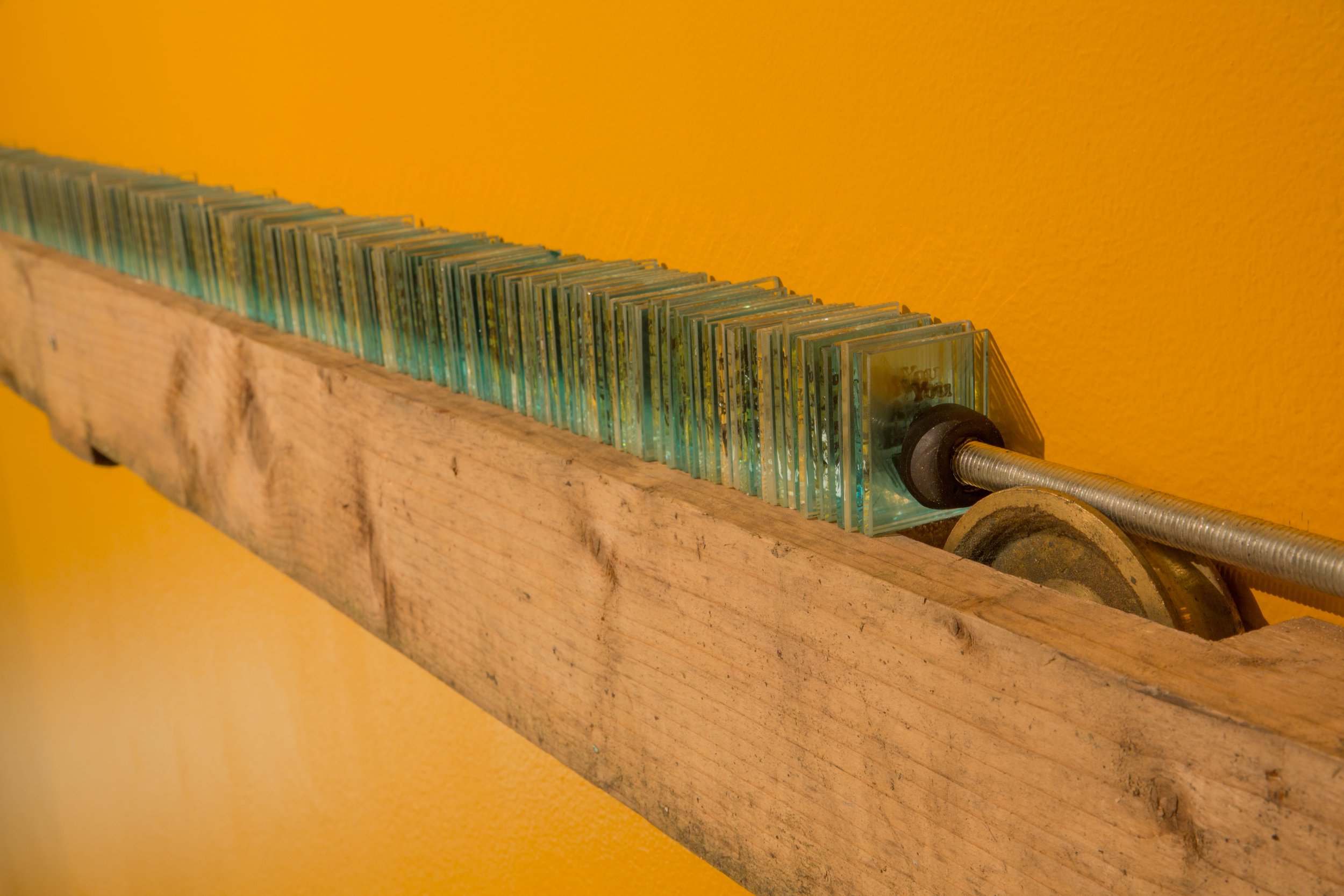Considerations and Ants
Presented at the S12 Gallery - Bergen Norway - 2017
The exhibition presents a comforting and discomforting domestic-like environment, in which objects, drawings, videos, and installations reflect the instabilities and insecurities of our existence. Our day to day lives, often, are dominated by routine, schedules, and planning – an effort to theoretically control and ensure the future. Our ability to think about the future directs our actions within the present, and thus we operate on suppositions. It creates a paradox, however, between this effort, and the potential of inducing a self-inflicted captivity. While the home operates as a place of protection and comfortability, it becomes a place in which we enslave ourselves through the effort to obtain, maintain, and care for it - through hard work, sacrifice, upkeep, cleaning, and decorating. It is a type of trap in which we contain our selves, our belongings, and our lives.
There are considerations of the manner in which we arrive in this conflict. American Pulitzer prize winning Author Ellen Goodman describes this phenomenon: Normal is getting dressed in clothes that you buy for work and driving through traffic in a car that you are still paying for - in order to get to the job you need, to pay for the clothes and the car, and the house you leave vacant all day so you can afford to live in it.
At times, we tend to refute the unpredictable nature of existence. The innumerable factors which dictate the trajectory of each life is infinitely complex, and I wonder if we are merely jaded to think that we can control anything. But we try. And we are controlled by what we try and control.
So it seems natural and rational that I am drawn to the monotony and repetition of action as a means to operate in a realm of potential predictability. But ultimately I find myself irrationally nestling into a state of chaos and randomness – which also somehow feels natural. And while humans are inherently and unequivocally part of nature - I simultaneously feel perched precariously in conflict with it. Thus, the home is a liminal state of existing within and without nature – yet somehow still feels natural.
Our tireless effort for self-domestication is propelled by an inherent sense of self-preservation. We construct spaces to protect ourselves from the elements, yet we simultaneously construct spaces to bring the elements in. We control the light and darkness. We control the air and stagnation. We keep the water from coming in, but bring it in. We keep the plants from invading our space, and simultaneously invite them in. We are indeed controlled by what we try and control.




















